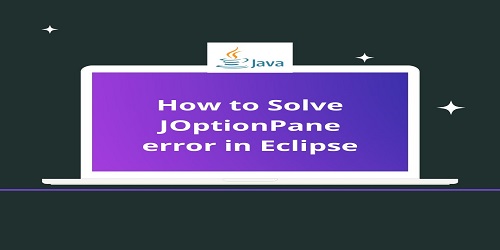Network Software:
Along with the hardware, it is essential for the network system to involve some software, for its management. It is commonly called as the NOS (Network Operating System), such as Novell NOS, which looks after the various facets of managing a network.
Tasks of Network Software:
(1) Configuration Management- Configuration management includes the activities that track and control inventories, procurement files, service requests, service agreements, and software distribution. Its primary goal is to maintain a detailed record of historical, current, and proposed network configurations.
(2) Fault Management- Fault management includes all the products and procedures network administrators use to diagnose, test, and repair network failures. The principle goal is to quickly identify points of failure within the network.
Using fault management, you can do the following:
- Rapidly identify and isolate faults.
- Prioritize your troubleshooting and repair tasks.
- Respond in a timely and informed manner to the inevitable user questions and requests.
What is Fault Management?
Fault management uses hardware, software, and management procedures to alert managers of a failure and to assist in recovery. It may also use fault-tolerant or redundant hardware and software that can continue to provide network service even when a failure occurs. A common example is the use of BDC servers (Backup domain controller), to take charge in case the main server fails.
Tools for Fault Management:
- Network Management Systems- It is a combination of hardware and software that tracks the operation of network components. It typically includes a computer console that provides an audio alarm to attract your attention, a visual indicator of failed devices on a computer screen, and an interface to a remote reporting device such as a beeper. Network devices communicate with this console through special protocols such as the SNMP (Simple Network Management Protocol) and CMIP (Common Management Information Protocol).
- Protocol Analyzer- A protocol analyzer is a hardware and software tool that monitors the traffic on the network. This tool can help you understand the intricate interactions that occur on the network by identifying how the protocols are used with each communication.
- Cable Tester- A cable tester is a hardware device that identifies transmission media faults. Depending upon the media, cable testers can identify the specific cable that is failing and where the failure has occurred.
- Redundant Systems- They use identical pieces of hardware or software to perform the same functions. For instance, you could use mirrored file servers that store exactly the same data as the primary controller. So, if one file server fails, the other continues to service the network clients. As a network administrator, you can identify and repair the failed server without the users ever knowing a failure occurred.
- Data Archiving and Backup Devices- These devices do not assist you in failure identification, but they can greatly reduce the impact. If you have an adequate backup procedure and perform it consistently, you will be able to quickly recover from hard drive failures, network viruses, and many user errors.
(3) Performance Management- While fault management is primarily reactive, performance management is proactive. Performance management involves collecting and interpreting periodic measurements of performance indicators, identifying bottlenecks, evaluating trends, and making predictions of future network performance.
The following performance indicators are typically used in performance management evaluation:
- Network response time.
- Throughput.
- Cost.
- Network load (percentage of total capacity).
This information can be used to forecast future hardware and software requirements, identify potential areas for improvement, and identify potential network faults.
(4) Security Management- Security management is concerned with protecting your data and equipment. It includes all hardware, software, and procedures you use to minimize risks from inside and outside your organization. Some examples of these risks include the following:
- Inappropriate internal or external access to the company.
- Theft or destruction of data.
- Theft or misuse of network equipment.
Security management tasks may include the following:
- Identify security risks and their consequences.
- Implementing secure network designs and equipment.
- Administrating user groups and passwords.
- Using network monitoring equipment to log use, report violations, or provide alarms for high-risk activities.
(5) Accounting Management- Accounting management includes the collection and interpretation of network cost information. You can use this information to allocate costs within your organization or to simply plan for improvement. By using accounting management, you can understand the network’s true cost, define its capabilities, and establish policies and procedures to make it most efficient.









Comments (No)